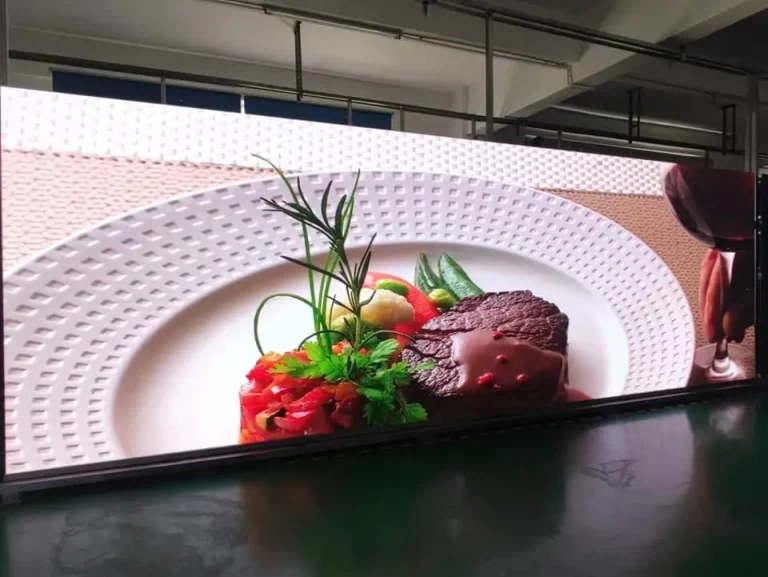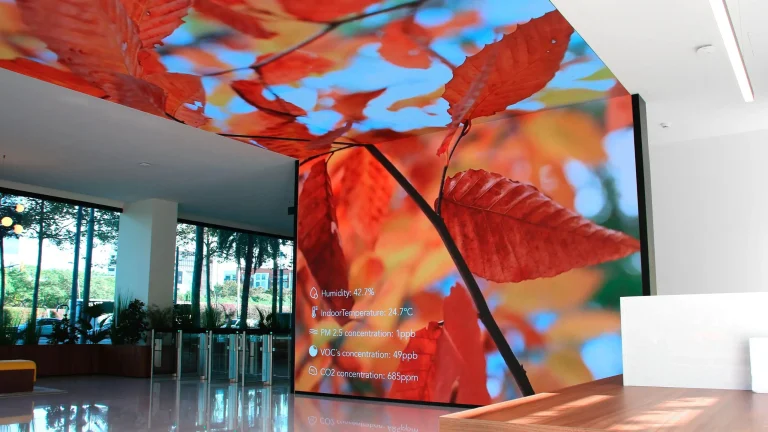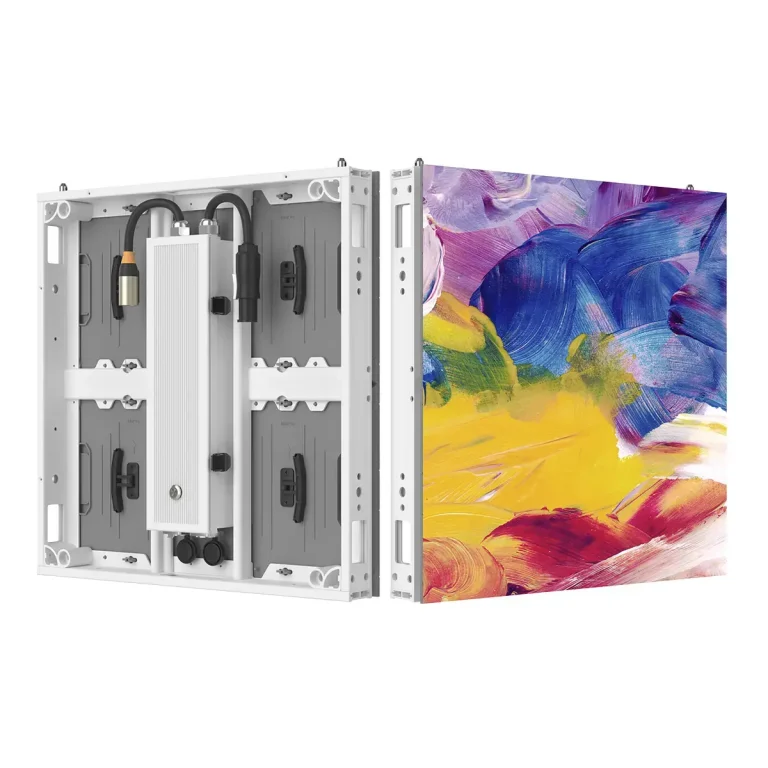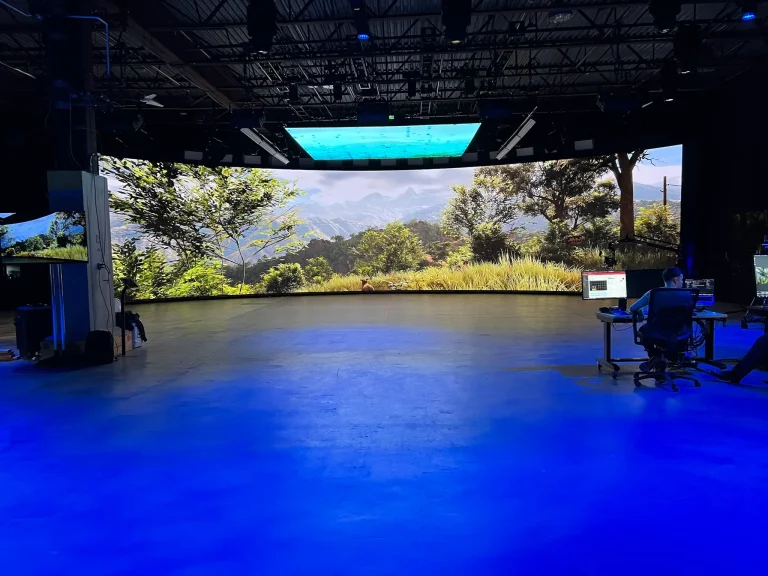As a customer looking into LED displays, understanding the differences between COB (Chip-on-Board) and SMD (Surface Mount Device) LED displays can help you make an informed decision. Here’s a breakdown of the key distinctions:
- Technology:
- COB (Chip-on-Board): In COB displays, multiple LED chips are directly mounted onto a single substrate. This arrangement eliminates the need for individual LED packages, resulting in a compact design.
- SMD (Surface Mount Device): SMD LED displays use individual LED chips mounted onto a printed circuit board (PCB). Each LED is encapsulated in a small, standardized package and soldered onto the PCB.
- Design and Structure:
- COB: COB displays have a simpler design with fewer components. The LED chips are closely packed, and the display surface is relatively uniform, offering better overall brightness and color consistency.
- SMD: SMD displays have a more complex design due to the individual LED packages. This design may lead to slight variations in color and brightness across the display, although advancements in technology have mitigated these issues to a great extent.
- Brightness and Color Consistency:
- COB: COB displays often provide better brightness and color consistency because the closely packed LED chips emit light collectively. This results in a more uniform and even illumination across the entire display.
- SMD: While advancements in SMD technology have improved consistency, there may still be minor variations in brightness and color due to the individual packaging of LEDs.
- Viewing Angle:
- COB: COB displays typically offer wider viewing angles because the closely packed LEDs emit light collectively, reducing the chance of color and brightness distortion at different viewing angles.
- SMD: SMD displays may have a slightly narrower viewing angle, and the quality of viewing can be influenced by the specific configuration of the LEDs on the PCB.
- Maintenance and Reparability:
- COB: COB displays can be more challenging to repair because all the LEDs are on a single substrate. If one LED fails, the entire substrate may need replacement.
- SMD: SMD displays are generally more modular, allowing for easier identification and replacement of individual faulty LEDs. This can simplify maintenance and reduce repair costs.
- Cost:
- COB: COB displays may be more cost-effective in terms of manufacturing and initial purchase, especially for smaller displays where the advantages of SMD technology may not be as pronounced.
- SMD: SMD displays might have a higher initial cost, but the benefits of modularity and potential savings in maintenance and repair costs could offset this over the long term.
- Anti-Crash:
-
- COB: COB displays, being a single integrated unit with fewer components, can be more resistant to damage from physical impacts. The absence of individual LED packages reduces the risk of components breaking upon impact.
- SMD: SMD displays, with their individual LED packages, may be more susceptible to damage from crashes or impacts as compared to COB displays. However, advancements in protective technologies and screen design have improved their durability.
- Anti-Moisture:
- COB: COB displays may have better resistance to moisture due to their compact design, with fewer entry points for moisture to penetrate. However, additional protective measures may still be necessary in environments with high humidity or exposure to water.
- SMD: SMD displays may require additional protective measures, such as coatings or sealants, to prevent moisture ingress. The individual packaging of LEDs could potentially pose more entry points for moisture.
- Anti-Scratch:
- COB: COB displays, with their integrated design, may have a more robust surface that is less prone to scratches. However, the specific anti-scratch capabilities can vary based on the protective materials used.
- SMD: SMD displays might have a slightly higher risk of scratching, especially if the protective layer is not as durable. However, advancements in screen coatings can enhance scratch resistance for both COB and SMD displays.
- Energy-Saving:
- COB: COB displays can be energy-efficient due to the collective emission of light from closely packed LED chips. The integrated design may result in more efficient power utilization.
- SMD: SMD displays can also be energy-efficient, especially with advancements in LED technology and power management. The efficiency depends on factors such as the specific LEDs used and the overall design of the display.
In summary, both COB and SMD LED displays can offer various levels of resistance to crashes, moisture, and scratches. The specific anti-crash, anti-moisture, and anti-scratch features can be influenced by factors such as the protective coatings applied, the quality of materials used, and the overall design of the display. It’s crucial to consider the intended use and environmental conditions when choosing between COB and SMD displays.
Ultimately, the choice between COB and SMD LED displays depends on your specific requirements, budget considerations, and the intended use of the display.











